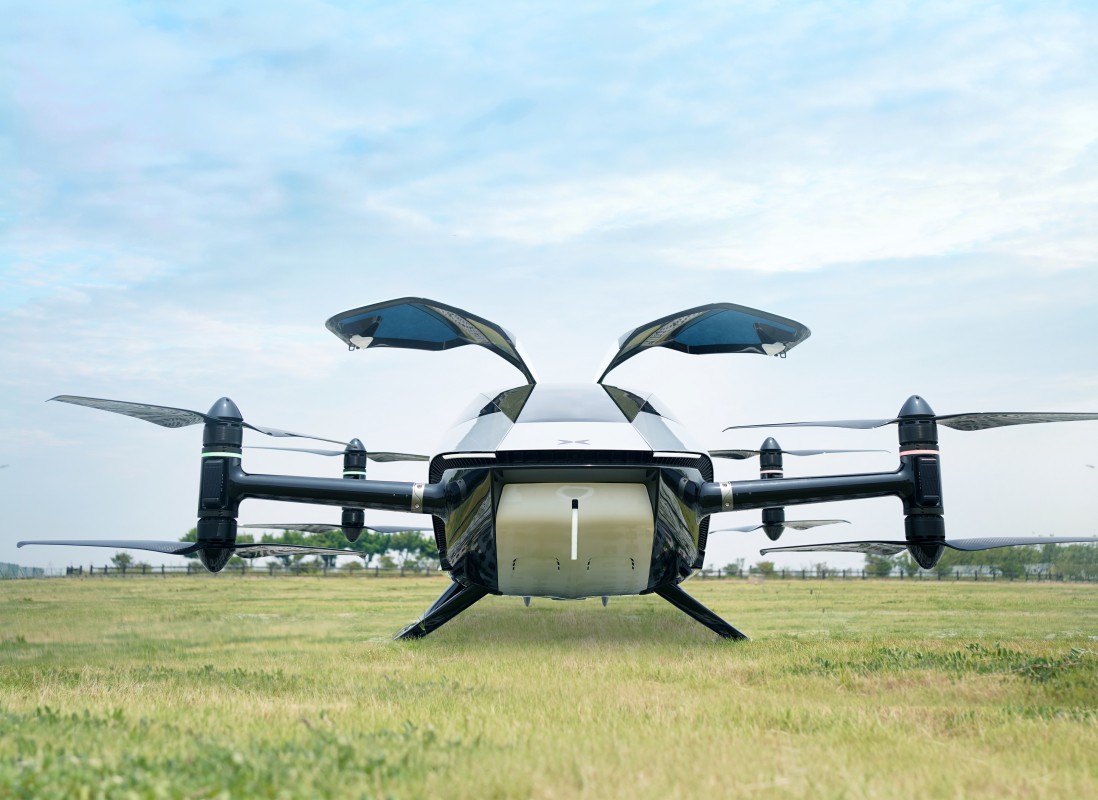The ongoing Russia-Ukraine conflict marks possibly the first truly AI war, with both sides having come to rely on small drones to conduct reconnaissance, identify targets, and even drop lethal bombs over enemy lines. This new type of warfare allows commanders to survey an area from a safe distance and has highlighted the importance of lightweight aerial weapons that can conduct precise strikes instead of much more expensive fighter jets. One drone that costs $15,000 can take down a F-16 that costs tens of millions.
Reuters has a look at how Ukraine has been collecting vast sums of video footage from drones to improve the effectiveness of its drone battalions.
The story includes an interview with Oleksandr Dmitriev, founder of OCHI, a non-profit Ukrainian system that centralizes and analyzes video from over 15,000 drones on the frontlines. Dmitriev told Reuters that the system has collected more than two million hours of battlefield video since 2022. “This is food for the AI: If you want to teach an AI, you give it 2 million hours (of video), it will become something supernatural,” he said.
The OCHI system was originally built to give the military access to drone footage from all nearby crew on one screen, but the group running it realized that the video could be used for training AI. For an AI system to be effective at identifying what it is seeing, it needs to review a lot of footage; Ukraine probably did not have a lot of battlefield footage before 2022. Now, more than six terabytes of data is being added to the system per day, on average.
Ukraine’s defense ministry has said that another system called Avengers, which centralizes footage from drones, has been able to spot 12,000 Russian pieces of equipment a week using AI identification.
It is not just local Ukrainian companies that are building new AI technology for the battlefield. There is big money to be made in the defense industry, and a slew of Silicon Valley players including Anduril and Palantir, as well as Eric Schmidt’s startup White Stork, have begun offering up drone and AI technology to support Ukraine’s fight.
Of course, the biggest concern of skeptics is that these technologies automate a lot of the fighting and make it somewhat abstract; a military could be apt to allow the drone to strike more indiscriminately when they are at a safe distance and not fearful of return fire. Schmidt has emphasized that the drones offered to Ukraine by his company maintain a “human-in-the-loop,” meaning a person is always making the final decision.
In a recent interview, Anduril’s Palmer Luckey was asked about the use of AI in weapons systems. “There is a shadow campaign being waged in the United Nations by many of our adversaries to trick Western countries that fancy themselves morally aligned into not applying AI for weapons or defense,” he said. “What is the moral victory in being forced to use larger bombs with more collateral damage because we are not allowed to use systems that can penetrate past Russian or Chinese jamming systems and strike precisely.”
Jamming systems are able to scramble GPS and telecommunications used to direct precision-guided weapons, but AI-powered drones can operate unmanned and identify targets without an operator giving an order.
Recent reports have suggested that the U.S. has fallen behind adversaries including Russia and China in its ability to remotely disable enemy weapons using jamming technology. Russia has repeatedly disabled precision-guided weapons the U.S. has given Ukraine using more advanced jamming technology than the U.S. has. The U.S. could respond by investing more in evading GPS jamming so that it does not have to use more indiscriminate, automated drones. Or it could try and jam the Russians back.
Luckey pointedly called out critics who say a robot should never decide who lives and who dies. “And my point to them is, where’s the moral high ground in a landmine that can’t tell the difference between a school bus full of kids and a Russian tank,” he asked. It seems unlikely a school bus would be driving through a battlefield unless it was a booby trap, but whatever.
The war has been a slow grind, with both sides making little advance in recent months. Drones have assisted Ukraine, but are clearly not a panacea with both sides having access to them.
via Gizmodo https://gizmodo.com/
December 20, 2024 at 12:36PM



